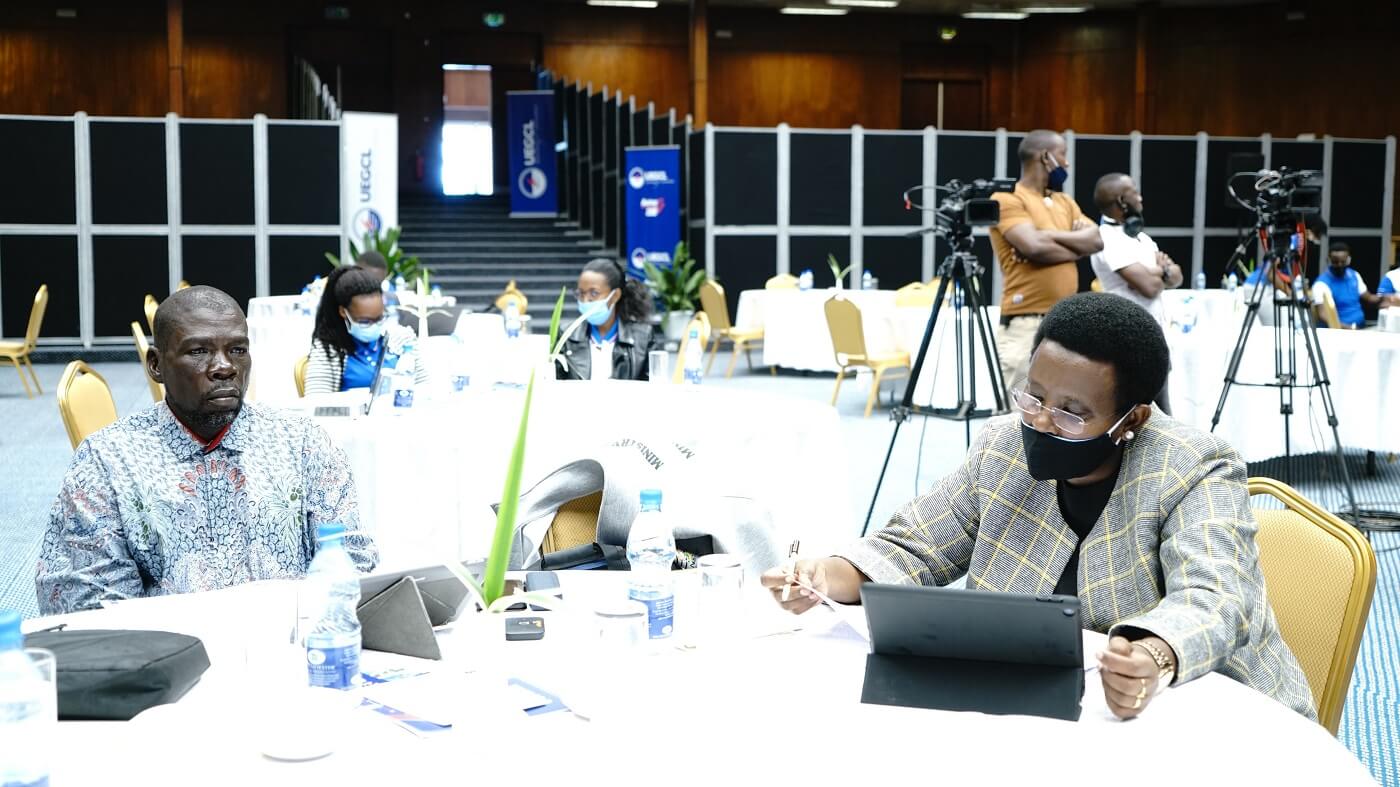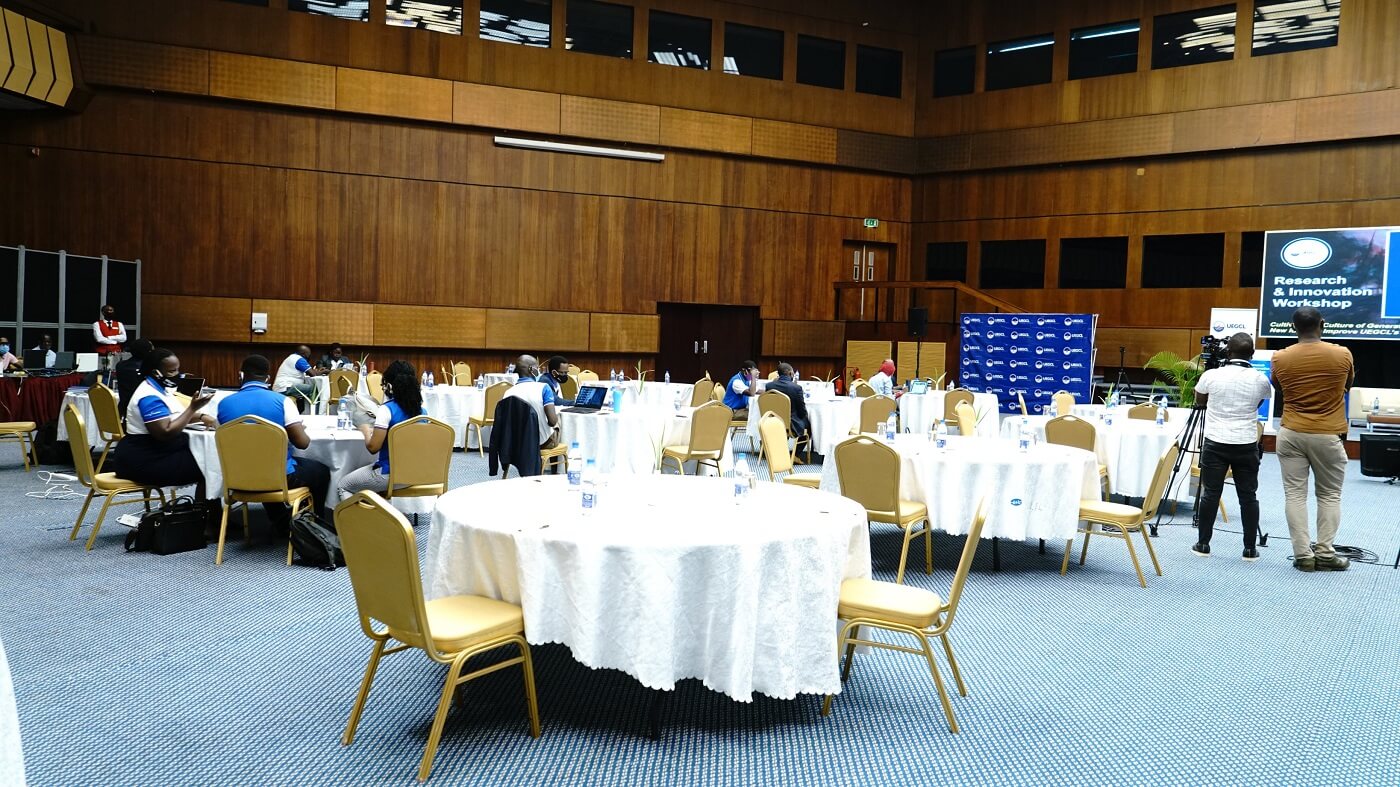Research & Innovation
UEGCL’s Research, Innovation, and Development program is founded and runs on a robust Research and Innovation policy, which clarifies on the workings of research and innovations at an organization level. In addition to the policy, there’s a Strategic Research Agenda based on which most research programs are run. The Strategic Research Agenda is founded on the core mandate of UEGCL – to establish, acquire, maintain and operate electricity generation facilities, and to promote research and development in the electricity generation sector while running the company on sound business principles. The different research and innovation programs all feed into the company’s strategic plan, as well as the Government of Uganda NDP III and Vision 2040.
Ongoing Research Projects
1. Bioethanol Conversion
UEGCL is working with the Centre for Research in Energy and Energy Conservation (CREEC). On the value addition to the abundant water hyacinth collected from the hydropower reservoirs. A pre-feasibility survey was conducted by a joint team from CREEC and UEGCL to assess the collection methods and available quantities at the different reservoirs and current challenges regarding the water hyacinth. The team is in the advanced stages of producing bioethanol from water hyacinth
Flow monitoring system – Hydro-M
UEGCL is also leading innovations in the development of an early warning system with several capabilities for the Isimba dam. The project is now at the advanced stages
Past Research Projects
Uganda was selected to hold the international conference on Hydropower and Dams focused on Africa (Africa 2023). The conference was postponed in 2020, 2021 due to the Covid-19 pandemic and in 2022 due to the Ebola. The conference took place on July 10th – 13th. UEGCL participated in the conference as the host utility for the 2023 conference







